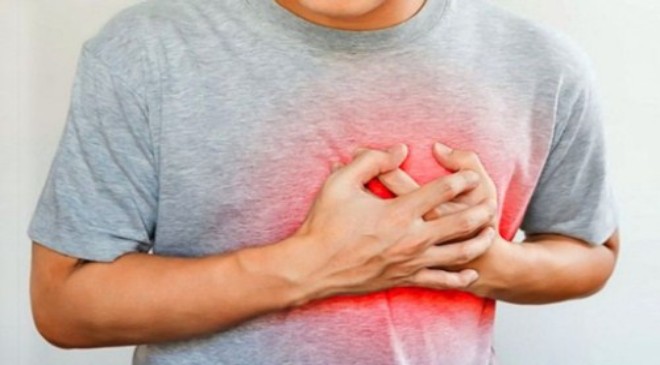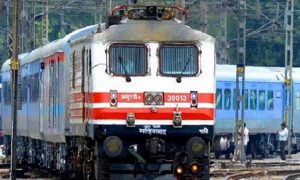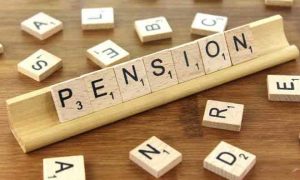Knowing the basics of these illnesses and how to identify their signs can be crucial in preventing death.
Heart attacks, cardiac arrest and strokes are critical medical emergencies that demand immediate attention. Yet, many people often struggle to differentiate between them. Having a basic understanding of these conditions, along with recognising their symptoms, can be the key to saving a life. Each condition requires a specific response, and knowing what to do in an emergency can make a crucial difference. This article will explain what happens during a heart attack, cardiac arrest, and stroke, including their causes, symptoms and treatment options.
Read More: Can late pregnancy increase your child’s risk of cancer? Here’s the truth!
Heart Attack
One suffers from a heart attack when blood flow to the heart is interrupted, typically due to the blockage in the arteries. This blockage can stop blood from reaching your heart muscle, causing damage or even death. Unlike cardiac arrest, where the heart stops beating or a stroke that impacts the brain, heart attack specifically targets the heart muscle.
- Symptoms and Causes:Chest pain or discomfort, pain in the arms, back, neck or jaw, shortness of breath, feeling sick to your stomach, dizziness or weakness. These symptoms can last for a few minutes or come and go. The main causes of heart attack are excessive smoking, unhealthy diet, diabetes, high blood pressure and being overweight.
- Treatment:If you think someone is having a heart attack, call an ambulance right away. While waiting for help, try to keep the person calm and comfortable. Loosen any tight clothing. If the person stops breathing, start CPR.
Read More: Health, life insurance premium needs a tax cut? GoM to meet on October 19
Cardiac Arrest
Cardiac arrest is a serious medical emergency that can stop your heart from beating. In this condition, there is a sudden failure in the heart’s electrical signals. This malfunction disrupts the heart’s rhythm, preventing it from pumping blood to the rest of the body. Without urgent medical help, it can lead to death within just a few minutes.
- Symptoms and causes:The main signs of cardiac arrest include a sudden loss of consciousness, lack of responsiveness and absence of breathing. If the person is standing or sitting, they might collapse unexpectedly. In some cases, there may be warning signs, such as chest pain, difficulty breathing and dizziness. However, cardiac arrest can also happen without any previous symptoms.Common causes are smoking or drinking alcohol, family history, obesity and other related issues.
- Treatment:If you come across someone with the symptoms mentioned above, it’s important to take immediate action. Call emergency help and start CPR right away until the medical team arrives to increase their chances of survival. At the hospital, a series of tests will be conducted and the results will guide the medical team to create a tailor-made treatment plan to minimise the chances of long-term complications. For some time, professionals will keep a close eye on your condition and to prevent further damage, particularly your brain.
Read More: Is intermittent fasting for all? Here are 5 risk factors to know
Stroke
A stroke is when blood flow to the brain is interrupted. There are two main types of strokes, ischemic and hemorrhagic. The most common type is ischemic, which happens when a blood vessel supplying the brain is blocked. Hemorrhagic happens when a blood vessel in the brain bursts, causing bleeding.
- Causes and symptoms:Signs of a stroke may include sudden weakness, on one side of the body, especially the face, arm or leg. Other symptoms can include confusion, difficulty in speaking, sudden dizziness and trouble balancing.
- Treatment:The treatment you receive will be based on the type of stroke you experience. Following the initial stroke, you might be given medicines to melt blood clots in the brain, undergo surgery to remove a clot or have a procedure to relieve pressure inside the skull. While in hospital, healthcare professionals will help you regain your strength and function, by providing medicines and therapies.





































